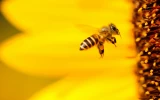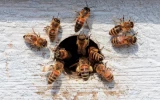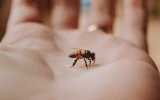Why Do I Keep Finding Dead Bees In My House? - Don't Worry
One or two dead bees are not a bother, but you'll surely ask why there are dead bees in your house. In this article, we'll answer the frequently asked question of why people keep finding dead bees in their houses and why it should not be a matter to worry about.
Dead bees in your house mean that the bees were trapped there and did not find a way out for a long time. Dead bees on the windowsills of your house could mean that there's a nearby nest. They may have died due to stress, parasites, pesticides, poor nutrition, predators, disease, and climate change.
The cause of the bees' deaths is mostly natural. It's not worrisome unless you see the bees building their hive on your property. Learn more below.
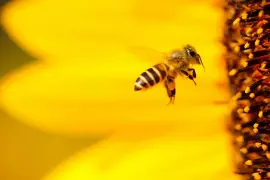
Summary
- It is normal to find dead bees in your house because majority of the bees die by natural causes.
- Parasites, predators, pesticides, poor nutrition, and climate change are a few reasons why bees die.
- Dead bees can still sting so it's better to be cautious around it.
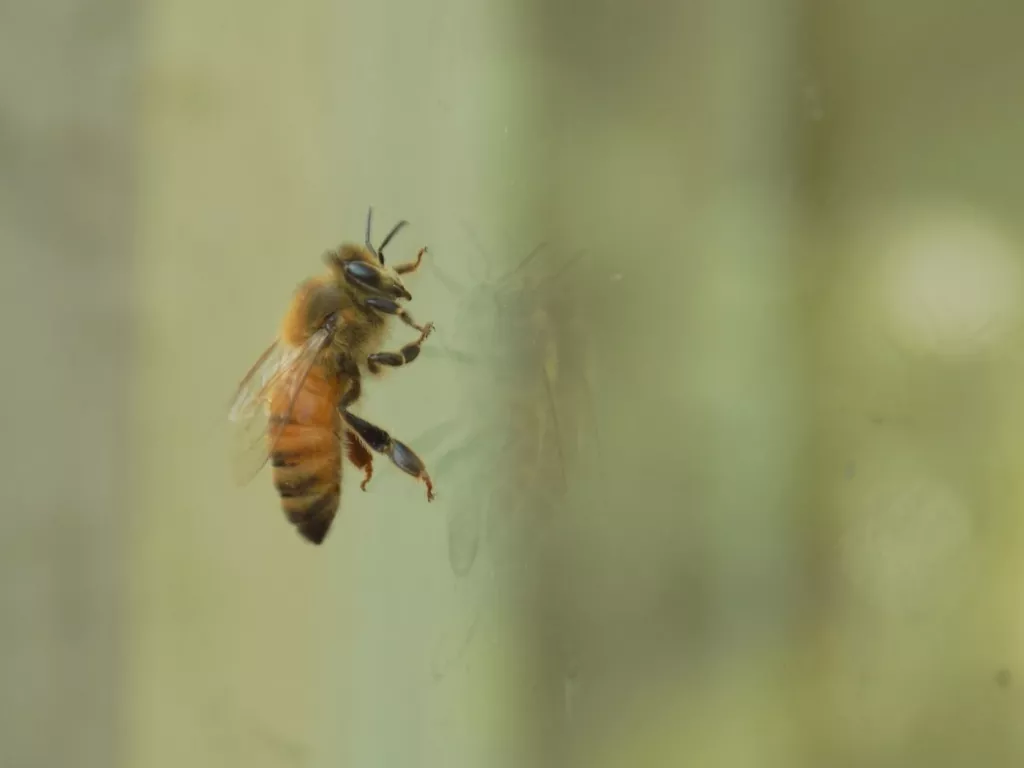
On this page:
Finding Dead Bees in Your House is Normal
It's human nature to be concerned if you find dead bees on your property. Finding dead bees is normal because, most of the time, their deaths are natural. All living creatures are subject to death due to various reasons: age, disease, weather, natural predators, and many more. For bees, however, the major threats causing their mortality are parasites, pesticides, poor nutrition, predators, disease, and climate change.
Parasites kill bees
The number one threat to bees is the varroa mite. These mites measure 1.2 millimeters but are very destructive to the hive. These mites affect bees by squeezing into the bees' exoskeletal plates and lysing their tissues using an enzyme from their mouthparts. It also feeds on the blood of adult, pupa, and larval bees.
You can tell if your hive is infested with varroa mites if there is a rapid decline in the number of adult honeybees, loss of coordinated social behavior, malformation of honeybees, and scattered brood with dead or uncapped brood.
Predators kill bees
Different bee species have different predators. Bumblebees are most appealing to badgers and birds. Badgers will even dig up nests of bumblebees and consume their honey stores and brood. Birds don't dig up, but will eat bees outside the nest.
Bumblebees are also the favorite prey of spiders. Crab spiders are known to wait for a bumblebee to land in a flower, then catch and inject them with their venom, causing bees to be paralyzed and die eventually.
Honey bees, on the other hand, are usually attacked by predators like bears, skunks, and beetles. Recently, they have been known to be the prey of Vespa mandarinia or murder hornet. This hornet will crawl into hives and rip off the heads of large numbers of honeybees, which have been a big problem in the agriculture industry. The next time you find a dead, headless honeybee, hornets are the most capable culprits.
Diseases kill bees
Both adults and developing broods can be affected by certain bee diseases. Viruses that cause paralysis can affect bees, such as chronic bee paralysis virus (CPV) and the acute bee paralysis virus (APV). Nosema disease is a disease of adult bees that is similar to dysentery in humans. American foulbrood, European foulbrood, Chalkbrood, and Sacbrood are some of the most common diseases of the bee brood.

Pesticides kill bees
Pesticides help reduce the number of insects that destroy crops. However, the use of pesticides has detrimental effects even on insects that contribute greatly to pollination.
Studies have shown that bees can be poisoned during flight if they go near a recently treated area. Moreover, bees are known to be chronically poisoned at sublethal levels by consuming contaminated pollen, nectar, and water over time. It might be strange to find dead bees in your house, but these dead bees might be victims of pesticide poisoning.
Poor nutrition kills bees
When we say bees can die from poor nutrition, it doesn't mean there are no resources. There are resources, but since there's no diversity in the resources, it can cause nutritional deficiencies.
Bees evolved on diversity, and if they cannot get the nutrients they need, worker bees die early. This leads to a shortage of food in the colony, and the young bees must take on the role of foraging, though unprepared. All of this has a cascading effect, which in turn causes what is known as Colony Collapse Disorder (CCD).
Weather kills bees
Weather has a direct effect on the mortality of bees. Bad weather conditions can destroy the hives of the bees, and without their homes, the bees are unprotected. Unfavorable weather can also affect the food source of bees, which are plants.
One of the most challenging things that causes several bees to die is climate change. Climate change brings long-term weather patterns that change seasonal reproductive schedules and the availability and quality of food sources for bees.
Dead Bees Near the Window or On Windowsills
Bees are attracted to sunlight, so it is said that is one of the reasons why dead bees are often found near window areas. When finding nest sites, they will explore several options and will find all suitable cracks, gaps, or holes in a building to build their hive. When they do so, bees are highly likely to be trapped in the house, away from the hive or nest that provides their nutritional needs.
Since bees are attracted to light and follow the direction of the sun, they will usually seek out windows in hopes of exiting a building. Unfortunately, they often get trapped.
A bee with a full stomach can only fly for an hour. If a bee is trapped for a long time, it won't have the energy to survive and will likely die within a few hours. Being locked up can also cause the bees stress, which may further lead to death. This is the reason why most dead bees are found on windowsills.
What to Do with Dead Bees in Your House?
When you find dead bees, it's best to know how to handle them because a dead bee can still sting. If a bee died with its stinger still attached and fell incidentally on the floor, simply stepping on the bee without protective footwear could make the stinger penetrate your skin.
You may also get stung if you sit on it or play with it barehanded. Note that the poison in the stinger remains even after a bee is dead, so carefully discarding the bees using protective gloves is a must.
Now, people still get worried if they find dead bees in their house, especially if it happens repeatedly and there are other insects involved. This may be attributed to large-scale bee poisoning and can be reported to the concerned agencies. In winter, several bee deaths can also be recorded, and it's still normal because, during winter, only a few bees can survive.
While finding dead bees is alarming, it is even more alarming to find plenty of live bees in your house. If we did, we should carefully inspect all over the house for entry points. Gaps, cracks, and holes in different areas of the house should be carefully inspected. Eaves, rooflines, and tops of roofs may also become suitable hive locations for these insects. If you find a hive, it's better to let the locals take care of the situation.
